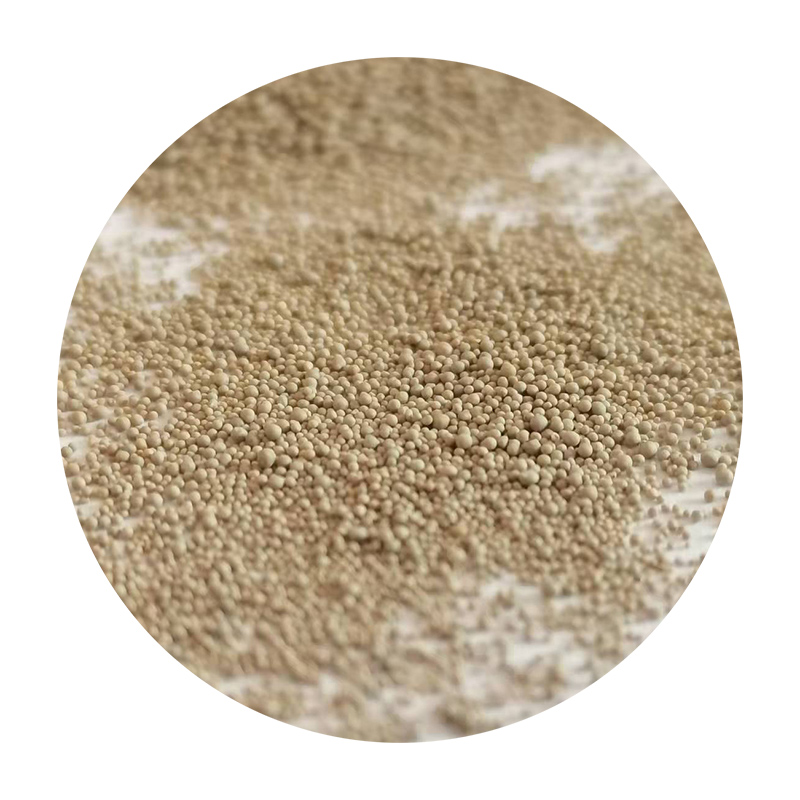The Importance of Sand Casting in Modern Manufacturing
Sand casting, one of the oldest and most versatile metal casting processes, plays an essential role in modern manufacturing. Its significance lies in the ability to produce complex and intricate parts while maintaining cost-effectiveness and efficiency. This article explores the importance of sand casting, its benefits, applications, and its impact on various industries.
Historical Context
The history of sand casting dates back thousands of years, with evidence of its use in ancient civilizations, including Egypt and China. The process has evolved significantly over time, adapting to advances in technology and materials. Despite its ancient roots, sand casting remains relevant today due to its practical advantages.
Process Overview
Sand casting involves creating a mold from a pattern, typically made of metal or plastic. The pattern is pressed into a sand mixture, which forms the mold. Once the mold is created, molten metal is poured into the cavity and allowed to cool, solidifying into the desired shape. After cooling, the sand mold is removed, revealing the cast part. This process can be repeated numerous times, making it an efficient method for mass production.
Benefits of Sand Casting
1. Cost-Effectiveness One of the primary advantages of sand casting is its low cost. The materials required for the molds—primarily sand and bonding agents—are inexpensive, making it an economical choice for producing components in various industries. Additionally, the process allows for easy modifications, reducing the financial risk associated with tooling changes.
2. Versatility Sand casting accommodates a wide range of metals, including aluminum, iron, and bronze. It is suitable for both small and large components, with weights ranging from a few grams to several tons. This versatility makes it an attractive option for numerous applications, from automotive parts to decorative sculptures.
3. Complex Geometries Sand casting can create complex shapes and intricate designs that may be challenging to achieve with other manufacturing processes. The ability to produce detailed features makes it an ideal choice for industries requiring precision, such as aerospace and medical equipment manufacturing.
importance of sand casting

4. Scalability Whether producing one-off prototypes or large production runs, sand casting can easily adapt to varying scales of production. This flexibility allows manufacturers to respond to market demands efficiently, a crucial factor in today’s fast-paced economy.
5. Recyclability Sand used in casting is highly recyclable, promoting sustainable manufacturing practices. With the growing emphasis on environmental responsibility, the recyclability of materials used in sand casting presents an advantage over other processes, contributing to a reduced carbon footprint.
Applications Across Industries
The applications of sand casting are vast and diverse. In the automotive industry, it is commonly used to manufacture engine blocks, transmission cases, and other critical components. The aerospace sector leverages sand casting for producing components that require high strength-to-weight ratios. Additionally, the construction industry utilizes sand casting for architectural features and custom metalwork.
Moreover, the art world benefits from sand casting, as artists employ the technique to create unique sculptures and installations. This blending of art and technology underscores the interdisciplinary nature of sand casting.
Challenges and Future Outlook
While sand casting boasts numerous advantages, it does face challenges. The process can be labor-intensive and may require skilled operators to ensure quality outcomes. Furthermore, advancements in alternative manufacturing methods, such as 3D printing, introduce competition that could impact traditional sand casting practices.
However, ongoing innovations in materials and technology promise to enhance sand casting efficiency and quality. Research into advanced binder systems and automated processes is opening new avenues for improvement. As industries continue to seek cost-effective and sustainable manufacturing solutions, sand casting is likely to retain its significance.
Conclusion
In conclusion, sand casting remains a vital process in modern manufacturing. Its cost-effectiveness, versatility, and ability to produce complex geometries make it invaluable across various industries. As technological advancements continue to refine the process, sand casting will undoubtedly sustain its importance in the manufacturing landscape, proving that even the oldest techniques can evolve and thrive in contemporary settings.
Post time:нов . 06, 2024 21:59
Next:Techniques for Smoothing and Finishing Your 3D Printed Projects
